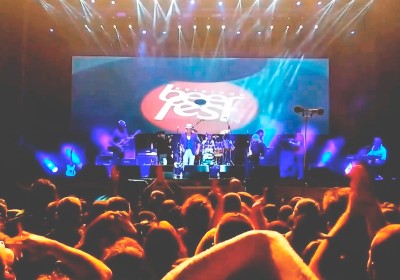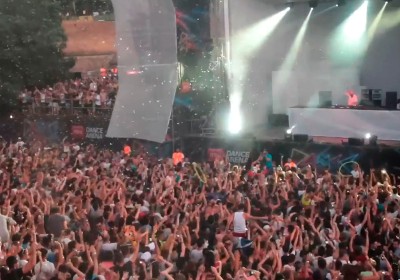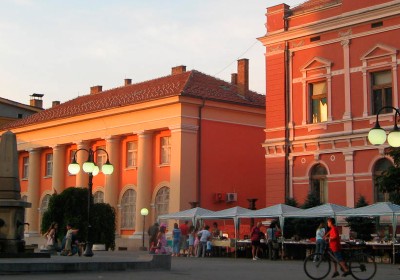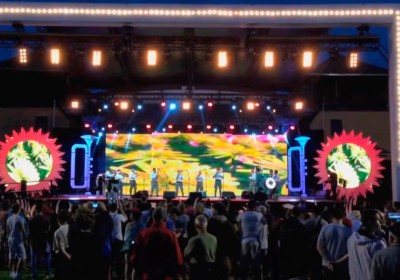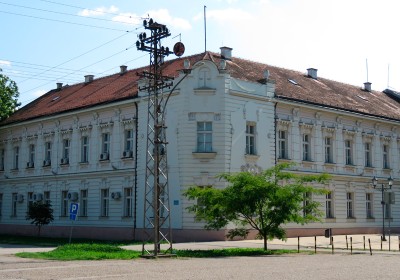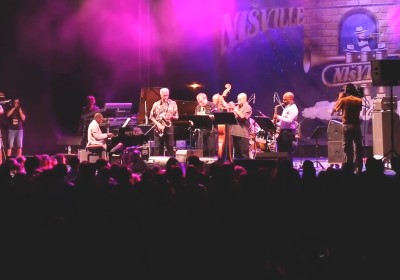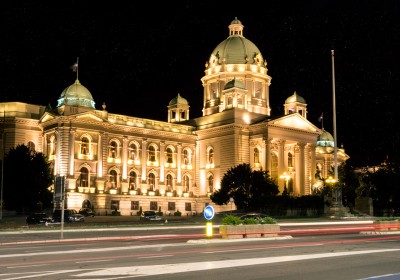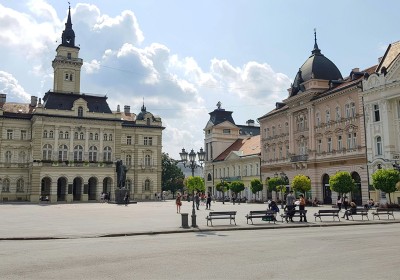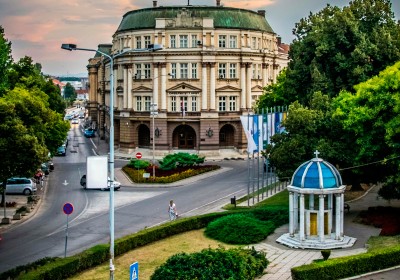Kragujevac: Echoes of History in Modern Serbia
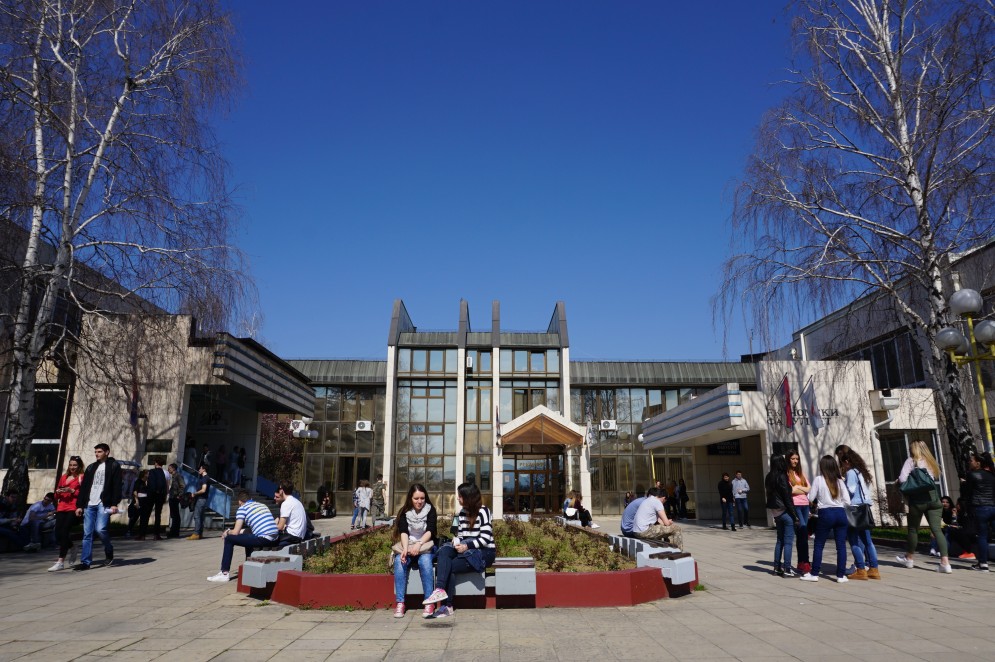
1. University of Kragujevac
Kragujevac, the fourth-largest city in Serbia, is the administrative center of the Šumadija District. Nestled in the heart of the country, it is located approximately 145 kilometers south of Belgrade, set along the banks of the Lepenica River and surrounded by the Rudnik, Crni Vrh, and Gledić mountains. Its geographical position has long made it a strategic hub, and waterways like the Lepenica River played a vital role in the city’s establishment. Today, Kragujevac is recognized for its historical importance, industrial heritage, and growing role in Serbia’s cultural and technological sectors.
Historically, Kragujevac rose to prominence in the early 19th century when it became the first capital of modern Serbia, a position it held from 1818 to 1841. Prince Miloš Obrenović chose the city for its central location and its liberation from Ottoman rule after the Second Serbian Uprising. During its time as the capital, Kragujevac was the birthplace of many important national institutions, including Serbia’s first grammar school (1833), military academy (1837), and the Lyceum of the Principality of Serbia (1838). The Old Church, built in 1818, is another significant landmark where the first Serbian constitution was adopted in 1835.
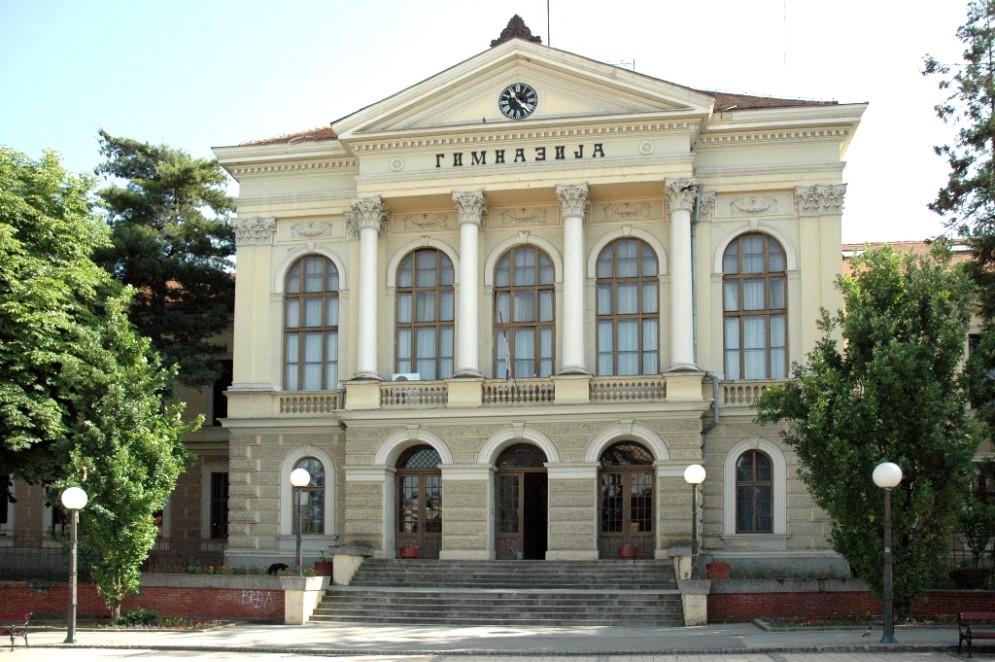
2. First Kragujevac Gymnasium
As the city developed, Kragujevac became a center for education and culture. The country’s first professional theater, the Knjaževsko-Srpski Teatar, opened here in 1835, and the city also became home to Serbia’s first printworks, which produced its earliest newspapers. The legacy of this rich cultural period is still visible today, with Kragujevac remaining an intellectual and cultural hub in central Serbia.
In addition to its historical significance, Kragujevac is an industrial powerhouse. It was the birthplace of the Zastava Arms factory in the 19th century, which would later expand to include the well-known Zastava automobile plant. Today, the city continues to be an important industrial center, producing Fiat cars and other goods. More recently, Kragujevac has embraced its role in the digital age with the development of a state-of-the-art data center that services both national and international businesses.
Though it no longer serves as the nation’s capital, Kragujevac’s central location, rich history, and modern industries make it a vibrant and important city in Serbia today. Its blend of cultural heritage and forward-looking development continues to attract visitors and investors alike.
Key Attractions
Kragujevac, a city steeped in history and cultural significance, offers visitors an array of compelling attractions. Each site in this former Serbian capital tells a unique story, weaving together threads of national heritage, artistic achievement, and poignant remembrance. Below are some of the must-see sights for any visitor to Kragujevac.
1. Spomen-park Kragujevački oktobar (Šumarice Memorial Park)
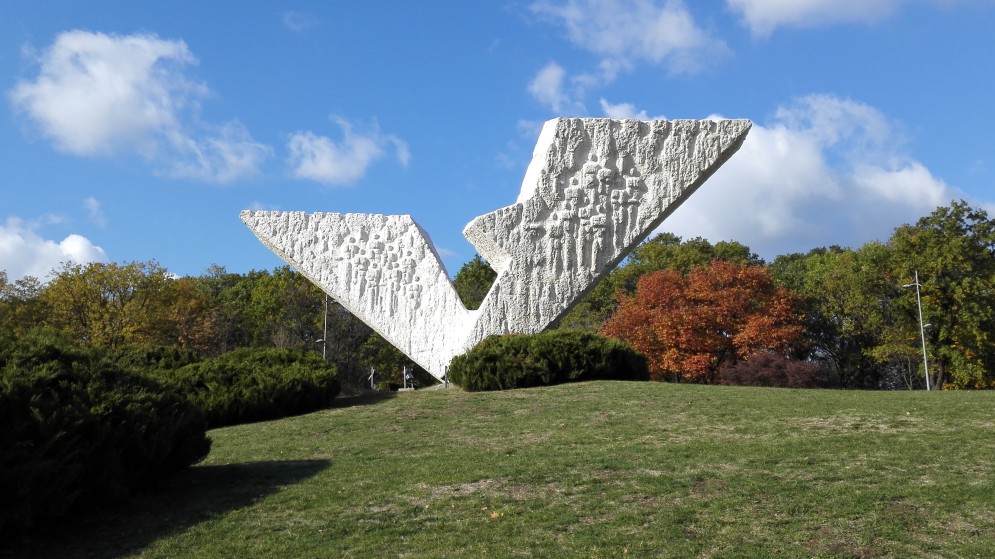
3. Monument to the Executed Students, Šumarice Memorial Park
Located about 3km from the city center, this memorial park was established in 1953 to commemorate the tragic events of October 1941. During World War II, over 3,000 civilians, including schoolchildren, were executed here by German occupation forces. The park spans 352 hectares and features several monuments, including the striking “Interrupted Flight” monument dedicated to murdered students and teachers. It’s a place of remembrance and reflection, offering visitors a sobering glimpse into Kragujevac’s wartime history.
2. Old Church (The Church of the Descent of the Holy Spirit)
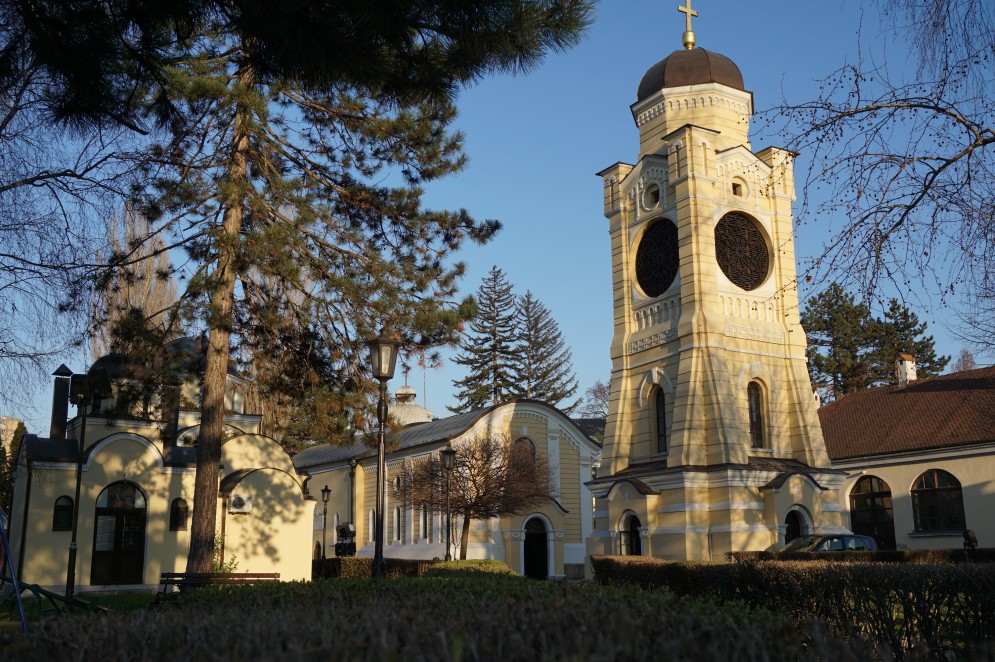
4. Old Church and Bell Tower
Built in 1818 by Prince Miloš Obrenović, this church holds immense historical importance. It was the first cathedral in liberated Serbia and served as the court chapel. The church’s first bell rang in 1829, marking a new era for the city. Notably, the First Serbian Constitution was proclaimed in its churchyard in 1835. The church’s significance extends beyond its religious function, symbolizing Kragujevac’s role in Serbia’s journey to independence.
3. Prince Mihailo’s Palace (Knez Mihailov Konak)
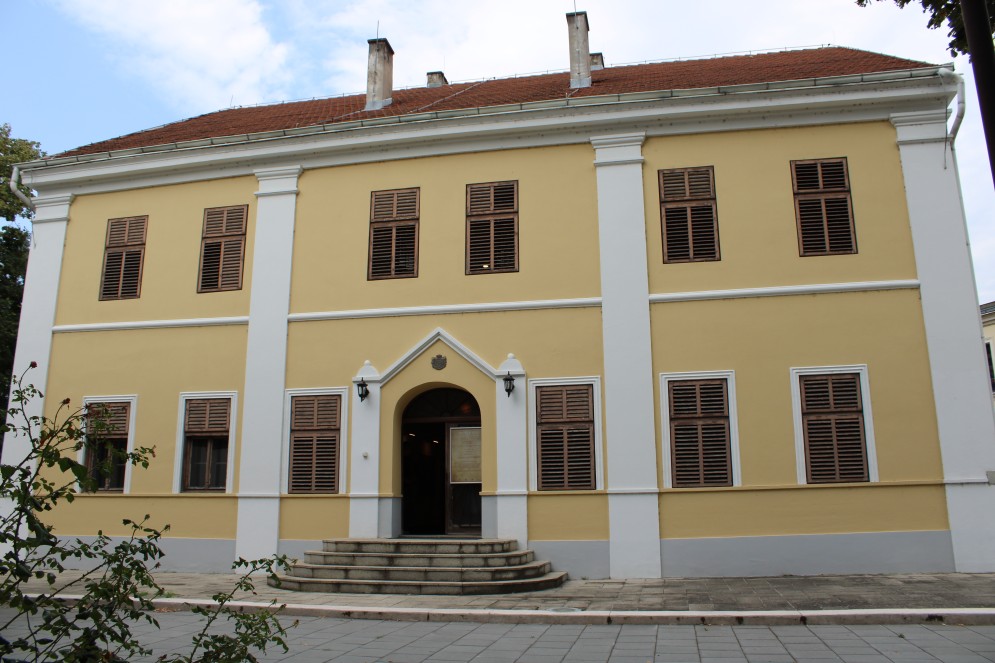
5. Knez Mihailov Konak
The Prince Mihailo’s Palace is another key historical site in Kragujevac. Built in the mid-19th century as part of the city’s development under the Obrenović dynasty, the palace served as the residence of Prince Mihailo. It is part of the Milošev Venac, a collection of culturally and historically significant buildings constructed when Kragujevac was the capital of Serbia. The palace is a beautiful example of 19th-century architecture, reflecting both the political importance of the city at the time and its royal connections.
4. Knjaževsko-Srpski Teatar (Serbian Royal Theater)
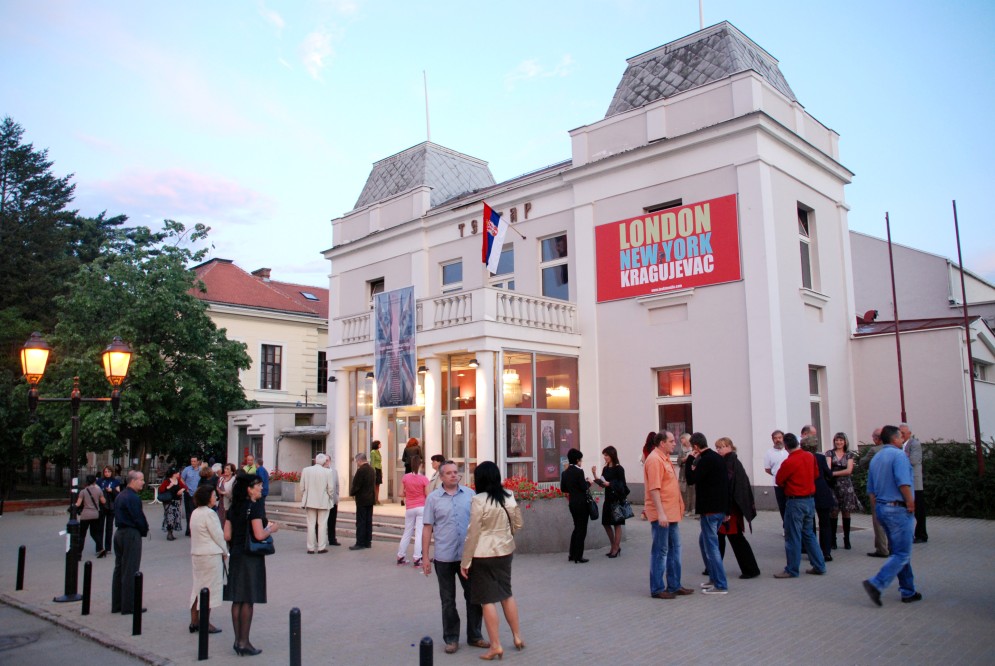
6. Prince's Serbian Theatre
Founded in 1835, this is the oldest theater in Serbia. It played a crucial role in developing Serbian theatrical arts and continues to be a vital cultural institution. The theater’s history is intertwined with the cultural renaissance that Kragujevac experienced in the early 19th century. Today, it remains an active venue, hosting performances and keeping the tradition of Serbian theater alive.
5. Amidža’s Palace (Amidžin Konak)
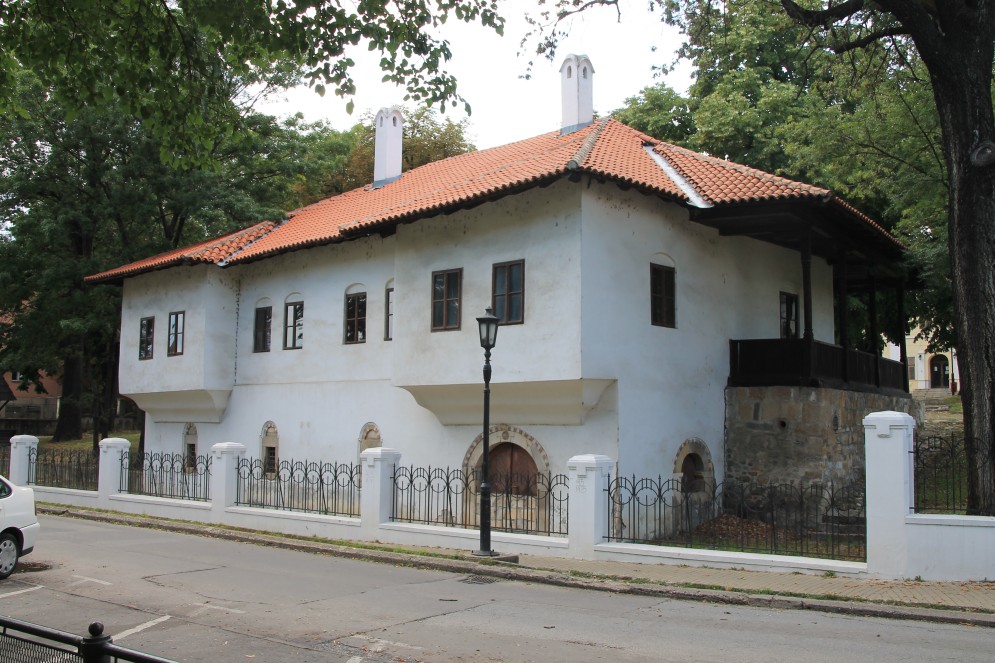
7. Amidža Konak
Built between 1818 and 1822, Amidža’s Palace is the only preserved building from Prince Miloš’s court complex. Its name comes from “amidža,” meaning uncle in Turkish, as it was built to house the Prince’s relatives and important guests. The palace’s architecture combines Balkan and Ottoman styles, providing insight into the transitional period of Serbian architecture. Today, it houses part of the National Museum’s collection, allowing visitors to explore both the building’s history and important artifacts.
6. 21 October Museum (Museum of the Šumarice Memorial Park)
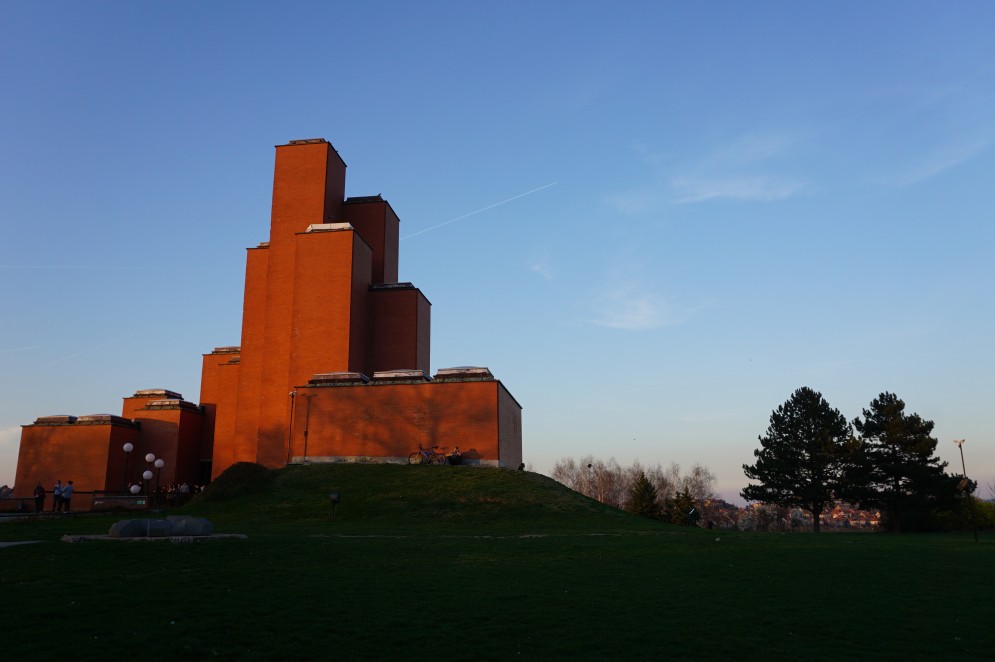
8. 21st October Museum, Šumarice Memorial Park
Located within the Šumarice Memorial Park, this museum provides a detailed account of the tragic events of October 1941. The building’s architecture is symbolic, with 33 cube-shaped structures representing the 30 mass graves in the park and three in nearby villages. The museum houses a permanent exhibition featuring photographs, documents, and personal belongings of the victims, offering visitors a profound and moving educational experience about this dark chapter in Kragujevac’s history.
7. Zastava Museum
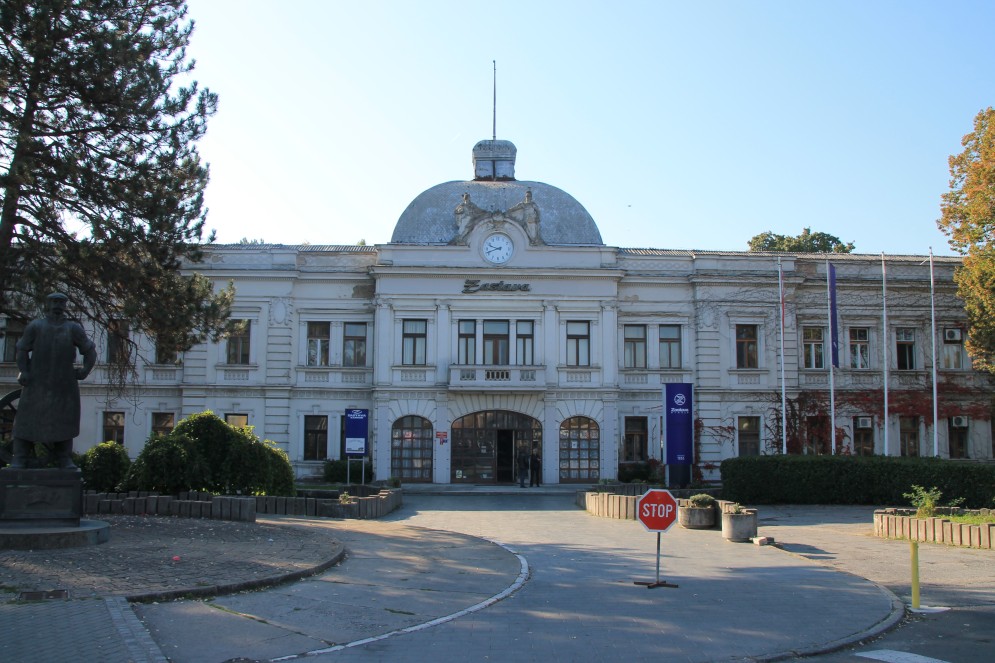
9. Zastava Factory Administration Building
For visitors interested in industrial history, the Zastava Museum offers a fascinating look at Kragujevac’s transformation into an industrial powerhouse. The museum focuses on the city’s long-standing connection to the arms and automotive industries, particularly the iconic Zastava factory. Known for producing both weapons and automobiles, including the popular Fiat cars, Zastava was crucial to the city’s economic development. Exhibits in the museum include historic firearms, machinery, and vehicles, giving visitors a unique perspective on Kragujevac’s role in shaping Serbia’s industrial landscape.
8. Military Technical Institute (Vojno-tehnički Zavod)
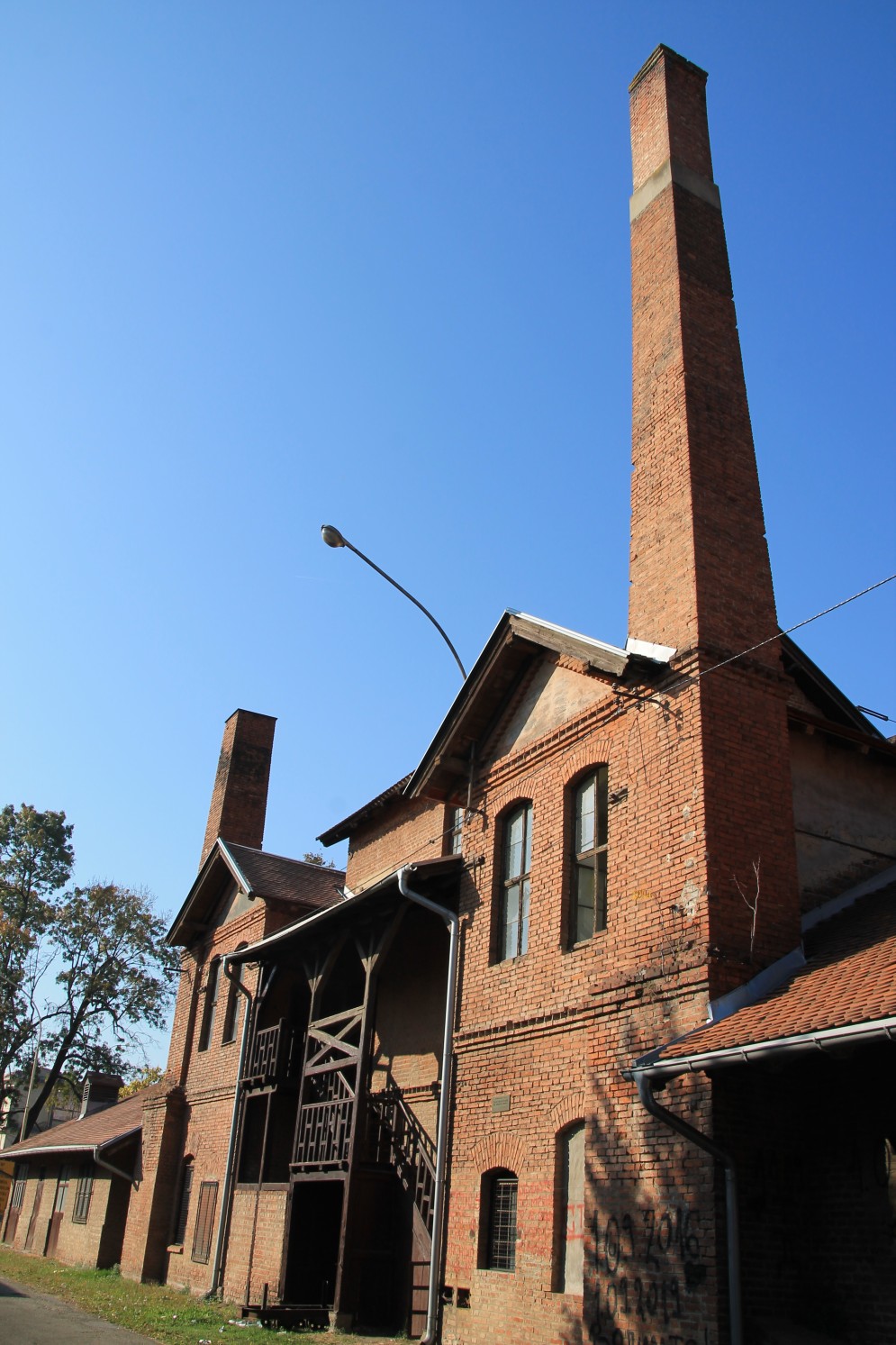
10. Old Foundry
The Military Technical Institute in Kragujevac is a unique blend of history and architecture, standing as one of the city’s most important industrial landmarks. Established in 1853, this complex was central to Serbia’s military production and rapid industrialization in the late 19th and early 20th centuries. The institute comprises numerous factory buildings and workshops, many over a century old, featuring distinctive red brick architecture with large arched windows and an iconic clock tower. This architectural ensemble offers visitors a glimpse into the industrial aesthetic of the era. Today, while efforts are underway to preserve this historical site and transform it into a hub for creative industries, it’s not currently a fully developed tourist attraction. The ongoing transformation reflects Kragujevac’s commitment to honoring its industrial legacy while embracing future-oriented development. However, as the site is still in transition, visitors should check in advance about access and the availability of guided tours, as public entry may be limited or restricted to special events.
9. National Museum of Kragujevac (Narodni Muzej Kragujevac)
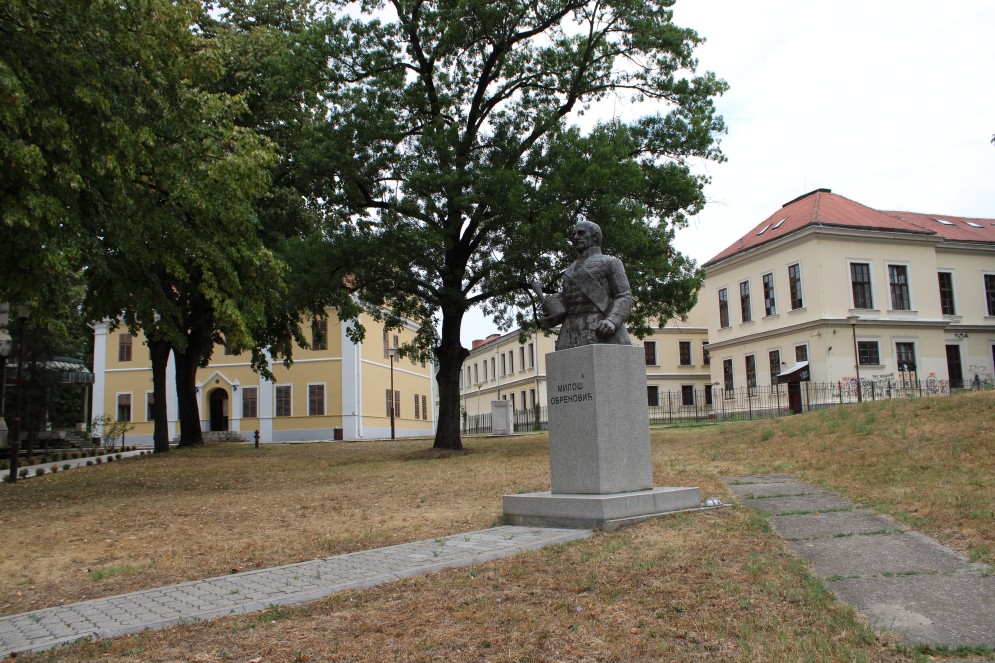
11. Prince Miloš Monument at the National Museum of Kragujevac
Housed in a former royal building, the National Museum of Kragujevac offers visitors a journey through the city’s rich cultural and historical heritage. The museum’s diverse collection spans archaeological artifacts, fine art, and exhibits related to local history. It is an excellent place to learn about the evolution of Kragujevac from its time as the capital of modern Serbia to its industrial era and beyond. Visitors will find this museum a perfect complement to the city’s many historical landmarks.
10. Šumarice Lake (Šumaričko Jezero)
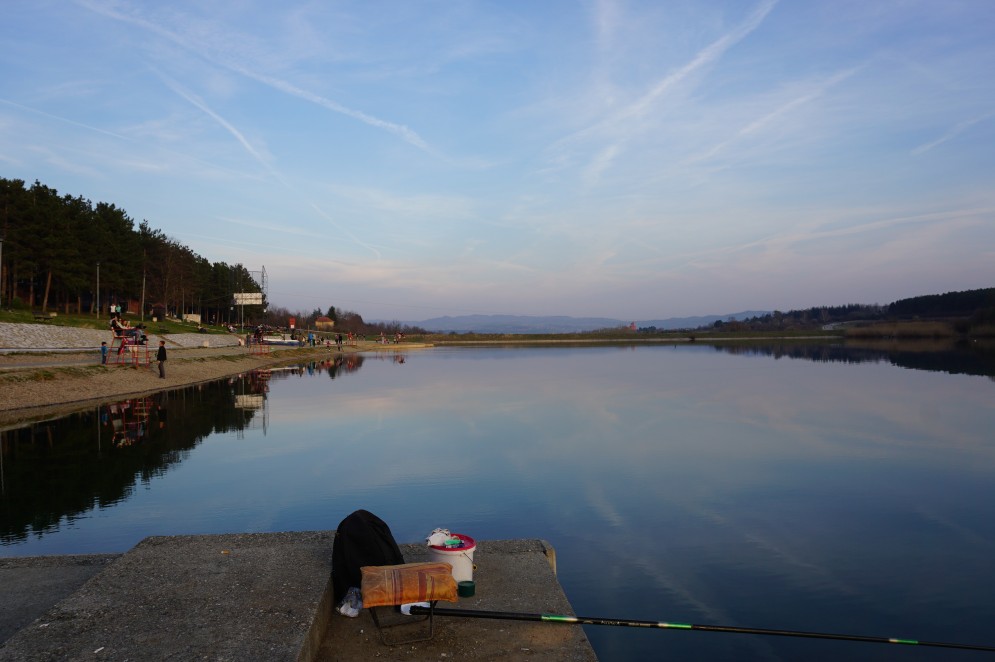
12. Šumarice Lake
Just a short distance from the solemn memorials of Šumarice Memorial Park, Šumarice Lake provides a peaceful natural retreat for visitors. This man-made reservoir, created to supply water to the city, is surrounded by lush greenery and offers an idyllic setting for outdoor activities like picnicking, walking, or simply relaxing by the water. After exploring Kragujevac’s historical sites, Šumarice Lake offers a refreshing change of pace, allowing visitors to unwind and enjoy the city’s natural beauty.
Other Information for Travelers
Kragujevac’s rich cultural scene extends beyond its historical sites. The city hosts several notable events throughout the year. One of the most significant is the “JoakimFest,” a festival of the best theater performances in Serbia based on texts by domestic authors. There’s also the “JoakimInterFest,” an international theater festival for small stages. Music lovers might enjoy the International Jazz Festival “Šumadija” or the International Festival of Chamber Choirs. These events showcase the city’s vibrant contemporary culture alongside its historical heritage.
For those interested in local cuisine, Kragujevac offers some distinctive dining experiences. The restaurant “Stara Srbija” on Karađorđeva Street is one of the oldest in the city and a great place to sample traditional Serbian dishes. For a taste of local fast food, try the “pljeskavica” at the “Lepenica” eatery near the bus station. The “Plavi bik” restaurant on Prince Miloš Street is renowned for its Karađorđe’s Schnitzel, a Serbian take on Chicken Kiev made with pork and twice the size.
Nature enthusiasts will appreciate the Great Park (Veliki park) on the shores of the picturesque Bubanj Lake. This area, with its century-old trees, offers a perfect setting for relaxation and outdoor activities. The park also houses numerous restaurants, with “Dvorište” on Sava Kovačević Street being considered one of the best (albeit also one of the most expensive) in the area.
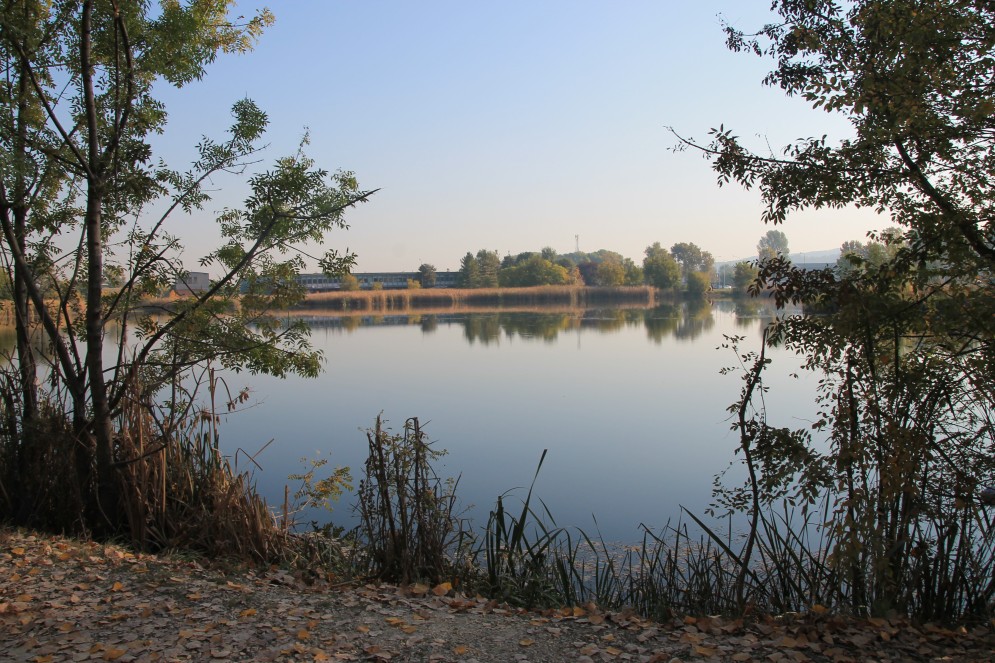
13. Bubanj Lake
Kragujevac is well-connected to other parts of Serbia. It’s about 145 km south of Belgrade, and there are regular bus services between the two cities. The journey typically takes around two hours. Within the city, there are 24 regular city bus lines and one seasonal line that leads to Šumarice Lake, making it easy to navigate around Kragujevac’s attractions.
For those interested in unique experiences, consider visiting the city’s aquarium. Located on Radoje Domanović Street, it’s the first public aquarium in Serbia and houses over 100 species of fish and plants from aquatic ecosystems around the world. This attraction offers an unexpected but fascinating diversion from the city’s historical and cultural sites.
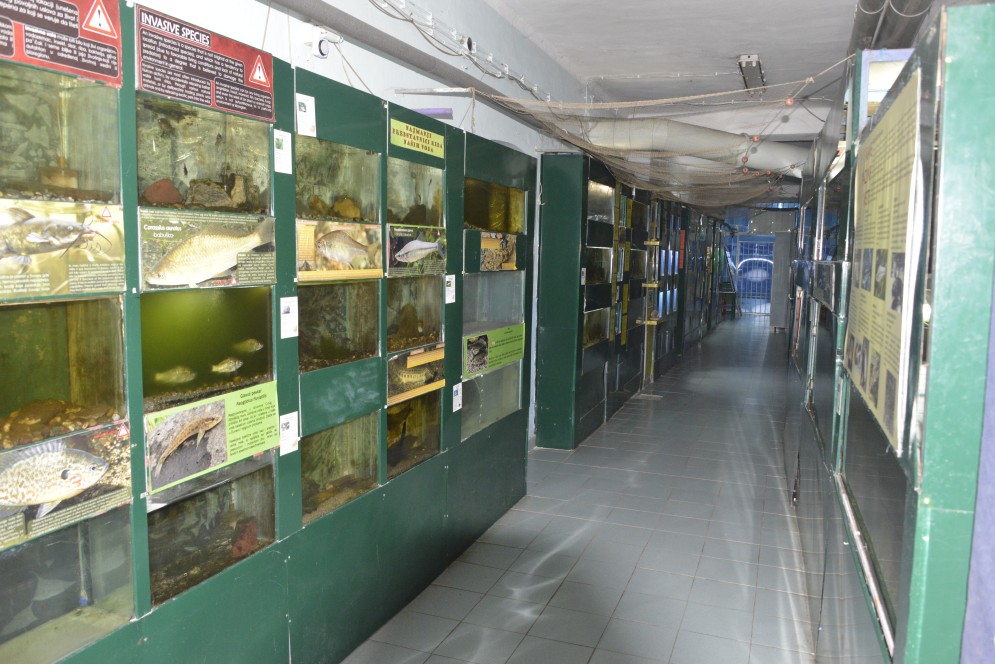
14. Kragujevac Aquarium
Kragujevac, with its rich tapestry of history, culture, and modern development, offers visitors a unique glimpse into Serbia’s past and present. From its days as the first capital of modern Serbia to its role as an industrial powerhouse, the city has continually reinvented itself while preserving its heritage. The poignant memorials, grand historical buildings, and vibrant cultural institutions all contribute to Kragujevac’s distinctive character.
As you explore the city, you’ll find a place where history is not just preserved in museums, but is an integral part of daily life. The Old Church, the Serbian Royal Theater, and the bustling University all stand as testaments to Kragujevac’s pivotal role in shaping modern Serbia. At the same time, the city’s parks, lakes, and cultural events offer plenty of opportunities for relaxation and entertainment. With its accessible location and diverse attractions, it’s a city that captivates and inspires all who visit.
- Photo by eastogg on Flickr / [CC BY 2.0]
- Photo by Струјајое on Wikimedia Commons / [CC BY-SA 3.0]
- Photo by Mickey Mystique on Wikimedia Commons / [CC BY-SA 4.0]
- Photo by eastogg on Flickr / [CC BY 2.0]
- Photo by Nikolina Šepić on Wikimedia Commons / [CC BY-SA 4.0]
- Photo by Струјајое on Wikimedia Commons / [CC BY-SA 3.0]
- Photo by Ванилица on Wikimedia Commons / [CC BY-SA 4.0]
- Photo by eastogg on Flickr / [CC BY 2.0]
- Photo by Ванилица on Wikimedia Commons / [CC BY-SA 4.0]
- Photo by Ванилица on Wikimedia Commons / [CC BY-SA 4.0]
- Photo by Nikolina Šepić on Wikimedia Commons / [CC BY-SA 4.0]
- Photo by eastogg on Flickr / [CC BY 2.0]
- Photo by Ванилица on Wikimedia Commons / [CC BY-SA 4.0]
- Photo by Miomir Magdevski on Wikimedia Commons / [CC BY-SA 4.0]
